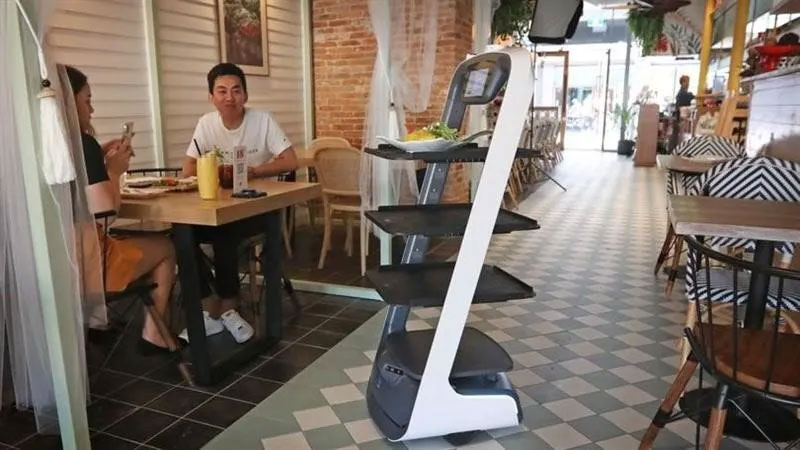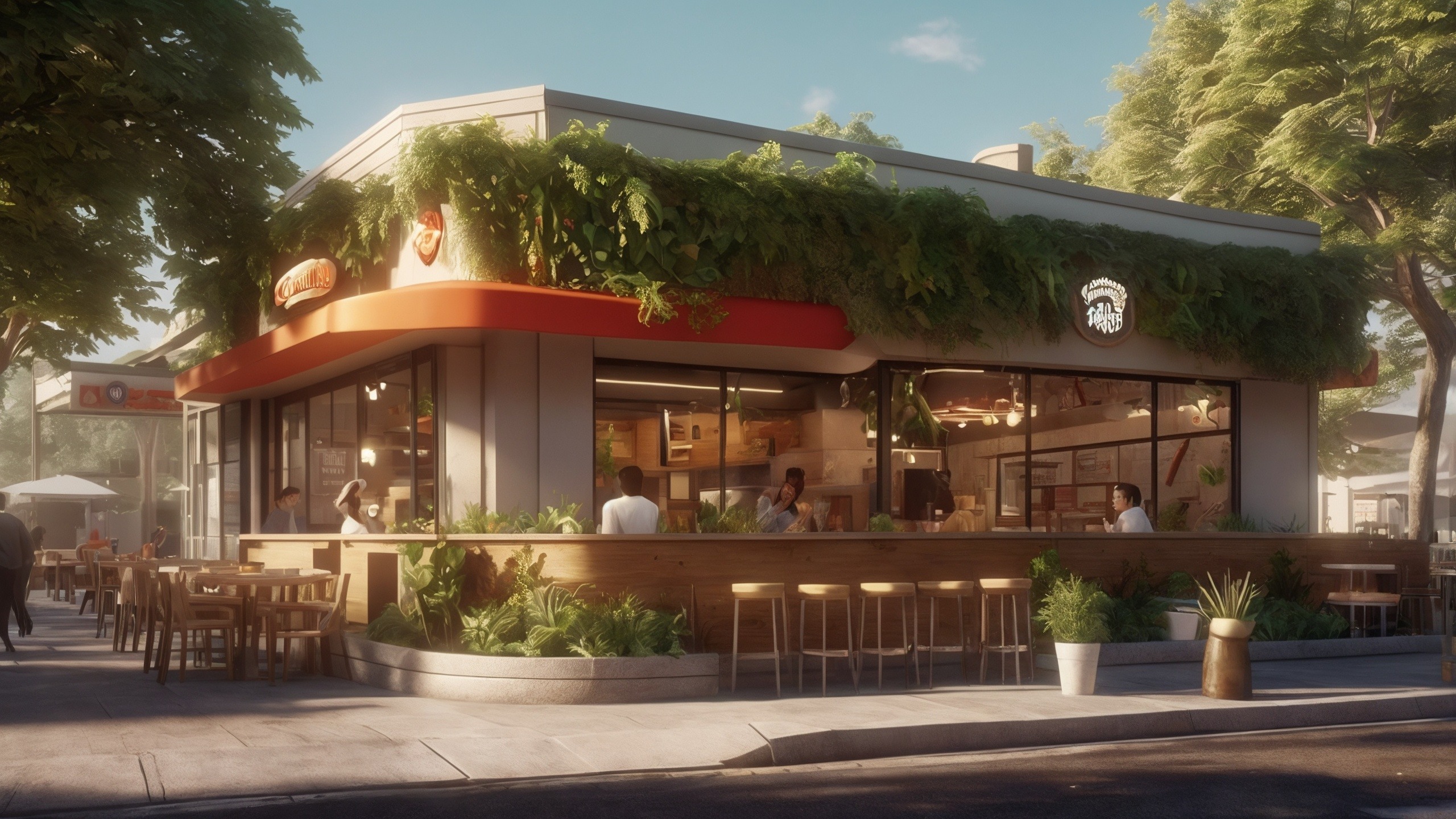5 ways to reduce power consumption and waste in Quick-Service Restaurants
Sustainability is an increasing priority for business – driven by the increasing cost of energy, placing pressure on business budgets; by legislation...
2 min read
Louie Scarpari : 11/01/2023 1:00:41 PM

Published The West Australian=
The impacts of COVID-19 have been challenging for many industries, and perhaps none more so than hospitality. With lockdowns, strict density limits and lingering uncertainty, restaurants, bars and cafes have suffered greatly.
Despite venues re-opening across the country, staff shortages remain a pain point for the hospitality industry — particularly in Western Australia.
Deputy Premier Roger Cook last month said WA needs “hundreds, even thousands, of extra full-time and casual workers” to alleviate these problems.
According to the Australian Bureau of Statistics, 18 per cent of Aussie businesses did not have adequate staff in April 2022. Job advertisements on Seek for hospitality and tourism rose 76 per cent in the year to November 2021.
Technology can help alleviate these staffing pain points and empower businesses to do more with less.
The ways in which consumers order food and drinks is rapidly evolving, with more businesses turning to automated processes that don’t require human interaction. “Consumer-led” ordering isn’t a new phenomenon, but COVID-19 has accelerated its prevalence and popularity.
The two key tools available today that can help — and have helped — hospitality venues facing a severe lack of staff on the ground are self-service kiosks and QR codes.
How many times have you walked into a venue, found a table, and ordered your food or drink without any actual discussions with a server or staff member? Three years ago it would’ve been a rarity. Today, it’s commonplace.
QR codes and self-service kiosks are changing the hospitality ordering landscape and are here to stay. They allow venues to focus solely on food preparation and serving, leaving customers to order at their own pace. What’s more, those orders are sent directly to back-of-house staff, and payment is fully integrated into the system (which means no fumbling around with cash registers).
I’m not suggesting these tools can — or should — completely replace authentic human-to-human ordering. But they can enable hospitality venues to function with reduced staff, in addition to saving time and money.
Some customers are starting to prefer these tech options, demonstrating a significant shift away from traditional ordering methods. In fact, 57 per cent of consumers say they’d opt for a venue with QR ordering functionality over one without it. Research from Deloitte in the USA found that 64 per cent of consumers prefer to order digitally on-premises at quick service restaurants.
So if customers enjoy it, and it helps businesses operate efficiently with fewer staff on the ground, why wouldn’t hospitality venues use the technological tools at their disposal to overcome their challenges? Some will argue that customers pay for a human experience when they interact with the hospitality industry.
After all, hospitality is a traditionally old school pen-and-paper industry and workers are expected to provide service with a smile. I’d agree, as I would much prefer a personal solution over a technological one.
But I’m not suggesting these are permanent changes. Instead, I’m highlighting the fact that there are available tools that can help hospitality venues do more with less, especially when it comes to staffing shortages. The alternatives, such as closing the doors or turning away potential customers, are not great options. We need to flex with the times, which might mean using more technology in the short term.
Tech may not be able to solve all hospitality problems — but it can certainly help.
Lawrence Pelletier is a hospitality tech expert, and a director at Redcat Pty Ltd.

Sustainability is an increasing priority for business – driven by the increasing cost of energy, placing pressure on business budgets; by legislation...

How will this affect Redcat gift cards and what do you need to do?
1 min read
Redcat Offers Low, Fixed Cost Delivery Dear Customers, Partners and Friends, We’ve spent the last week or so trying to determine the best way for...